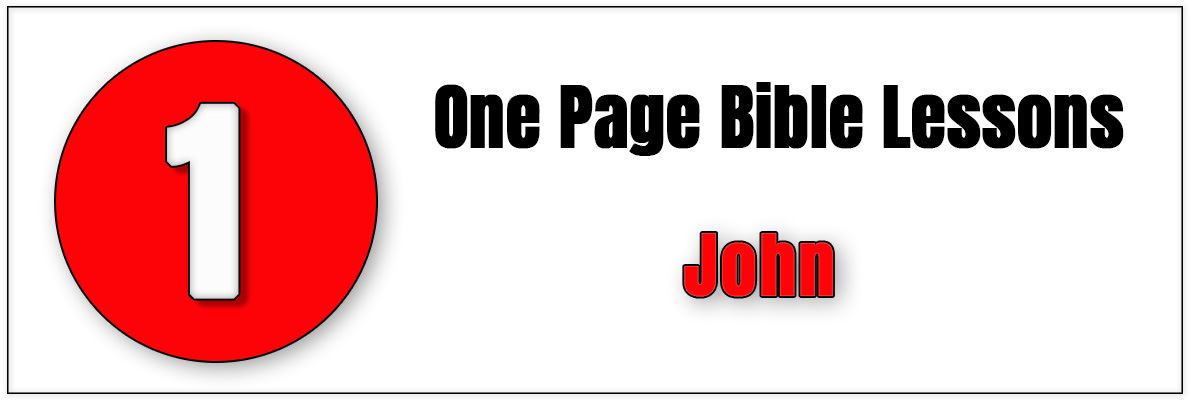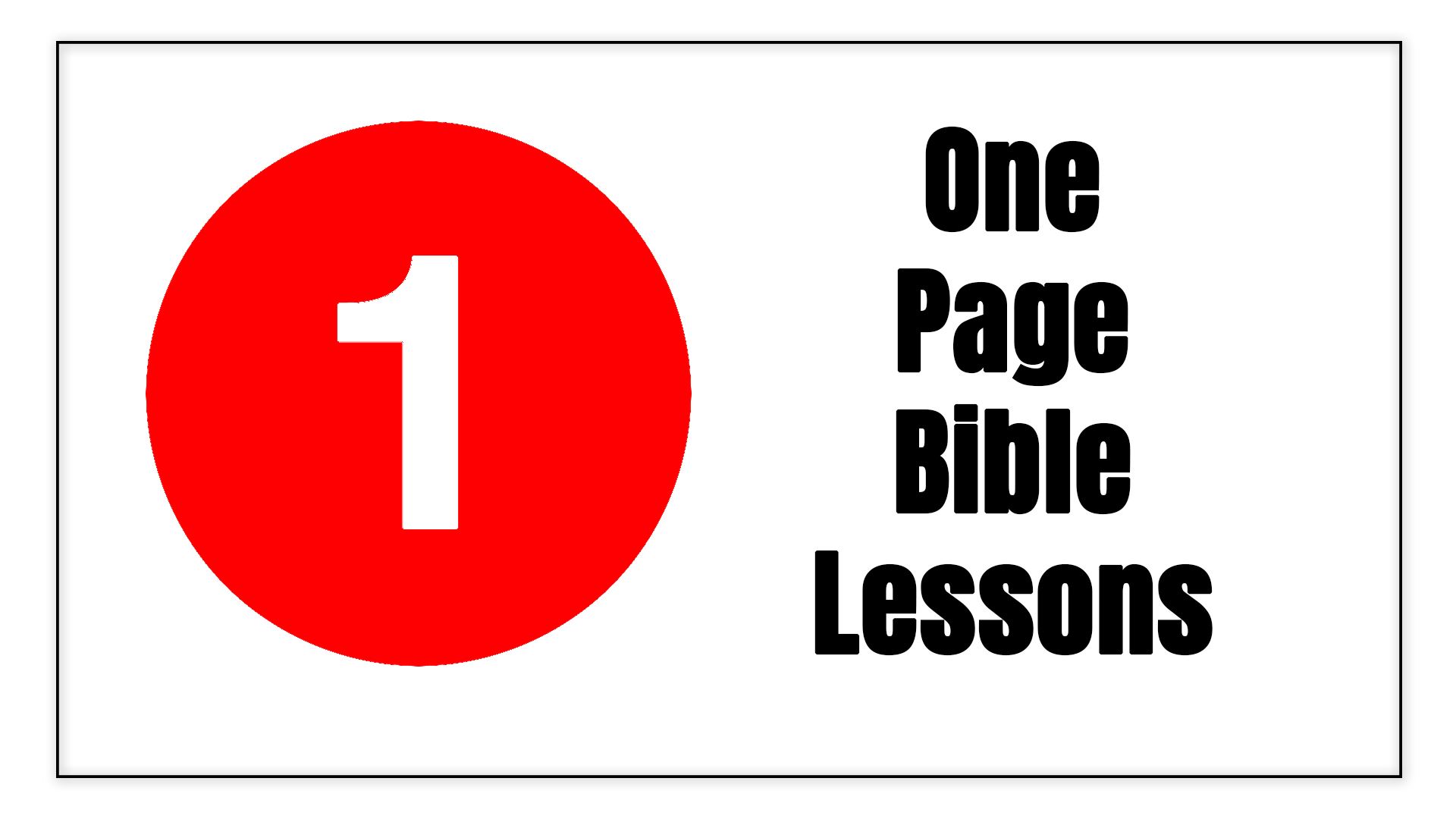
Just as every coin has two valid sides, so Jesus Christ has two natures, also both valid. While the Gospel of Luke presents Jesus in His humanity as the Son of Man, the Gospel of John showcases Christ in His divinity as the Son of God. The writer of this final canonical Gospel was the apostle John, who, along with Peter and James, formed Jesus’ inner circle of disciples. Interestingly, John never refers to himself by name, but always calls himself “the disciple whom Jesus loved” (13:23; 19:26; 20:2; 21:7, 20, 24). John’s account goes further back in time than any of the other Gospels, when the pre-incarnate Jesus as “the Word” created the universe (1:3). John thus highlights the glory of Christ as the Son of God, from His role in creation (1:14) to His miracles (2:11; 11:4), to His person (12:41), to His unique relationship with the Holy Spirit (16:14), to His return to a fully glorified state (17:5, 24). John mentions “life” some thirty-six times, often connecting it with “light.” He speaks a great deal about “believing” and always refers to Jesus’ miracles as “signs,” thus spotlighting their meaning for faith rather than the phenomenon itself. John uses the word “Father” 122 times and connects this term of affection with divine love, expressed both for Jesus and for His followers. John includes an extended eyewitness description of the Upper Room meal and records several events leading up to the resurrection, the climactic proof that Jesus is who He claimed to be—the Son of God. The Greek title of the fourth Gospel, Kata Ioannen, means “According to John.” Ioannes is derived from the Hebrew name Johanan, “Yahweh Has Been Gracious.” Theme: John clearly states his theme and purpose: “that you may believe that Jesus is the Christ, the Son of God, and that believing you may have life in His name” (20:31). Author: John, “the disciple Jesus loved.” Time: John was the last of the four canonical Gospels to be written. It was likely composed between A.D. 80 and 100. By then, the rest of the New Testament (other than John’s writings), had been completed. It is widely believed that John wrote his Gospel in his old age while living in Ephesus in Asia Minor, where he served as the leader of the local church. Structure: John’s Gospel is not just chronological in structure, but it also has topical elements. Seven miracles (“signs”) and seven “I am” statements by Christ provide thematic continuity. Charles F. Stanley, The Charles F. Stanley Life Principles Bible: New King James Version (Nashville, TN: Nelson Bibles, 2005), Jn. |

